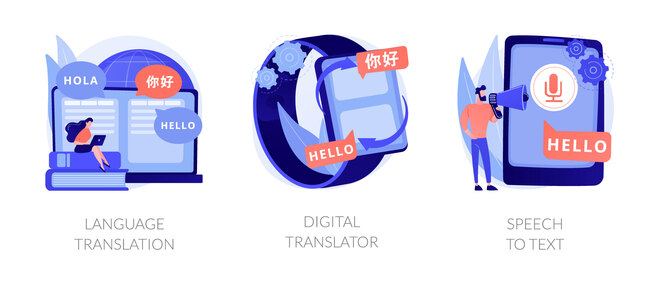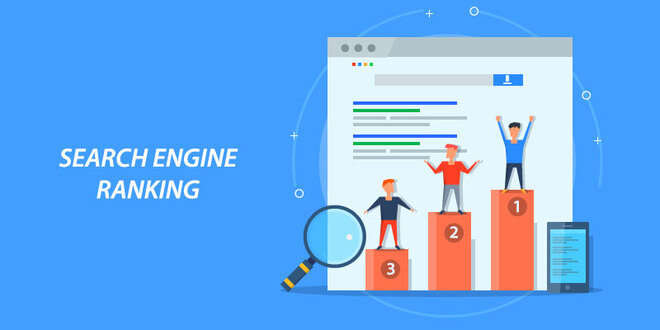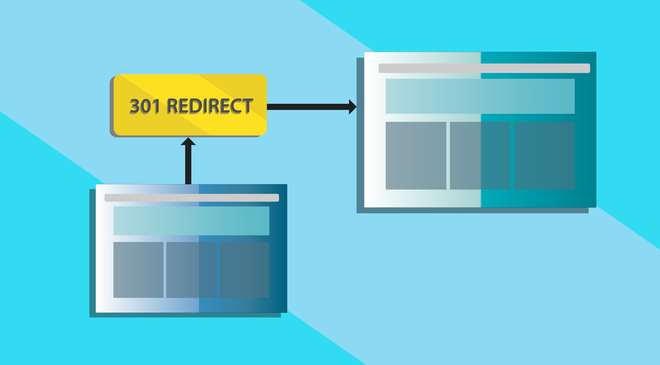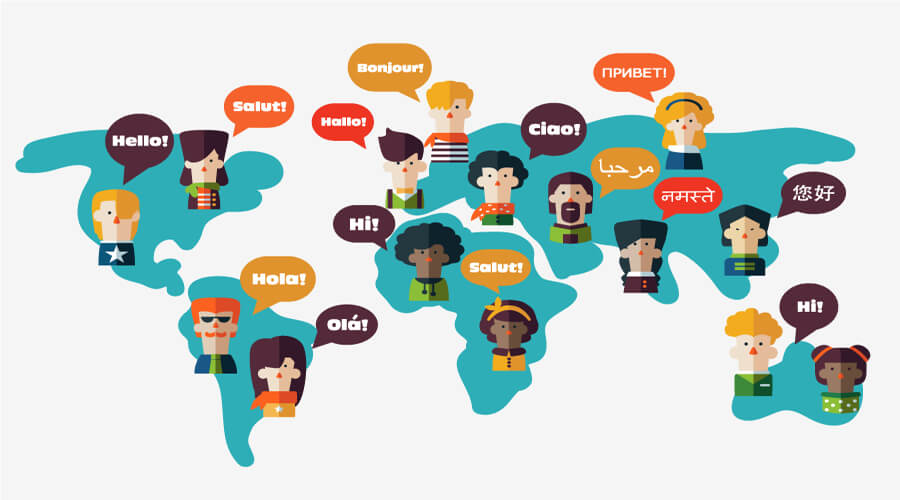The use of online services is now spread in so many fields more than any time ever. From socializing and working to purchasing the products and services we use daily, we have associated with internet-based trends in our routine life most extensively.
From the marketing perspective, the internet has brought businesses a great chance to expand their activities on an international scale.
If your business has become popular in your homeland noticeably, you can take it to other countries and increase sales in those nations as well. The best way to do so is to translate your website and provide users with content in their native language.
Unlike what many users think, Multilingual websites are not limited to translating content into another language.
If you expect global success in your business, you need to adjust your online presence in several aspects and keep plenty of tips in mind.
In the next paragraphs, we'll talk about the multilingual WordPress site common mistakes that usually occur for businesses.
Considering these tips will help you a lot in ranking on Google for languages other than English and broaden your business's scale faster.
Things to Avoid When Adding a New Language to Your Site
Mistakes often occur in website development, especially if average users without in-depth technical knowledge make the required modifications.
While trying to present your online identity in another language, make sure you don't go for the following mistakes:
1. Utilizing Machine Translation

When it comes to website translation, the first thing most users think about is installing an automatic translation plugin.
That's why text translation is a big issue ahead of web developers and website managers, and things get much more challenging if you need your content in several languages.
This is a big mistake to avoid since machine translation can never follow culture awareness considerations when translating a piece of content.
Consider that you have a blog post about a specific tradition or event and use automatic translation to convert it to another language. You can't expect to have a meaningful and exact article unless you hire an experienced translator.
Cultural touch is the quality that separates human beings from the machine. After all, you're adding another language to your site for your audience, who are human beings, not robots.
So if you use Google Translate or other relevant services to translate your texts, native speakers will definitely notice it soon once they see your content. This way, they might close your pages and choose another rival over you.
This impact may linger on your brand and online identity forever and bring you ever-lasting negative consequences.
Therefore, you lose an excellent opportunity to attract new customers from the nation you've selected to expand your business in, and at the same time, lose a great potential for globalization.
2. Forgetting About SEO

Ignoring page optimization for ranking on Google is one of the multilingual WordPress site common mistakes you should keep away from.
SEO principles are nowadays a vital pillar of success in any online business. Just like the SEO practices you apply to your website for its primary version, adding a new language likewise requires considering these items.
No matter if you hire a skilled professional to handle SEO or utilize relevant plugins on your site, you need to focus on the SEO of every page you create in the new language.
When you use translation plugins, it doesn't add any optimization to your content for search engines. It would be best if you made sure that Google indexes all your new pages for the languages you add to your site so that they get the necessary visibility.
Moreover, don't forget that Google might downgrade your website due to duplicate content since you publish the content in multiple languages.
The best way to solve this issue is to use a preferred variety of languages for each language you add to your site.
Developers often use a 'hreflang' tag for each of these locations. Once you're done creating the new pages, submit a request to index your website again.
3. Misplacement of Language Options
Once you have a visitor who understands a language other than the default one, they'll look for a button that changes the language. If they don't see it within a few seconds, chances are high they close the page and look for another source on the internet.
Therefore, you should place the language picker in an appropriate location that everyone notices with ease.
To do so, you can either write the name of the language, enter the abbreviations, or use the flags. Besides, you should place it in a standard and familiar place where users can see it right away.
If you are adding an RTL language, you should place the language picker on the top-left side. Otherwise, the right upper corner would be the best location for it.
If you present your content in more than two languages, use a drop-down list to give easier access to all.
Automatic language detection is also available for WordPress sites. Doing so will allow your website to detect visitors' location and then provide them with the correct version of your content.
4. No Awareness About the Culture

Adding another language to your site is much more than translating the content into a new language. People from different countries come with varying cultures, and the responsibility is on you to make a connection between these cultures accordingly.
Respecting and honoring another country's customs and traditions is a great approach towards ever-lasting communication.
Achieving success in marketing programs is highly dependent on the degree of emotional connection you can create with your prospective visitors.
These adjustments are popularly known as localization, including plenty of strategies for both speech and written forms of that language.
With that in mind, always get help from a mediator or translator to know precisely what to respect for the target country's cultures and people.
5. Incorrect Use of Encodings and Dates
The correct organization of your content highly depends on the writing system you choose. Each language can have a series of special characters or alphabet letters that are not available in another.
To show content correctly, you should pick the right font that supports all those characters and letters. Plus, you can always use the UTF-8 encoding system to make sure your pages accommodate everything in the target language appropriately.
Dates and orthography are likewise essential aspects to consider. For instance, the way people in France write their dates is different from the US.
Forgetting about these issues can bring you totally different results for your sales and promotions. The best way to avoid these complications is to do some research beforehand or consult with native people.
6. Activating VPN Services or Having Too Many Redirects

Complicated or automatic navigation is also one of the multilingual WordPress site common mistakes if you're not familiar with the relevant technical aspects.
While many website owners apply IP gateways to their site, it's no more considered the best option.
The increasing use of VPN and other blocking tools could result in showing another version of your site to the visitors and increase the bounce rate in the long run.
For example, consider a German-speaking member who enters your site with a VPN server from Russia. In this case, the user sees the Russian content and immediately closes your pages.
The 300 series redirects such as 301, 302, and 308 also commonly happen on websites. While 301 is the most popular redirect, some browsers and plugins block these redirects, and the result is that your pages will not have any visibility.
On the other side, these redirects cause security risks if not implement correctly. If you don't have an in-depth knowledge of WordPress, you'd better avoid using any redirects on your site.
7. Not Making the Appropriate Design Adjustments

Forgetting about brand consistency and design elements is the next item on this list of multilingual WordPress site common mistakes. Whatever design elements and trends you opt for should be reflected on all the other versions of your site, too.
To make sure you do this appropriately, change your pages' language and check for all the pictures, buttons, content areas, etc., to see whether they're consistent or not.
The main goal of translating a website into another language is to target a new group of customers and welcome them to your site.
Therefore, you should keep the focus on whatever aspect that impacts your online presence. Color is among the essential features you want to consider when adding another language.
No matter how awesome content or products you offer, the improper use of color combinations could easily result in losing new customers.
When you add a new language, do some research about that nation's cultures and customs and find out what colors have better meaning to them. There's no doubt that the perfect color combination differs from one country to another.
8. Nor Reflecting Your Multilingual Identity on Social Media
Adding a new language to online activities should not be limited to your website. Social media platforms are well aware of the increasing demand for multi-purposing and have opted for significant improvements in different languages.
Facebook and Twitter now fully support plenty of languages other than English. So everything is already in place for you to increase your marketing outreach.
If you've already recorded videos, you can easily add subtitles in '.srt' format for the new languages and gain visibility on Google for them as well.
Such attempts are pretty practical for you since they allow you to have direct communication with your audience not only on your website but also on your social media.
The Bottom Line

In this article, we talked about the multilingual WordPress site common mistakes that most website owners make. Generally speaking, having a multilingual website is far more than just translating the content into the target language.
You should do whatever it takes to make the best communication with your audience in their own language while keeping their cultural aspects in mind.
Follow these eight tips to take your online presence to the international level efficiently and expand your business with ease.



